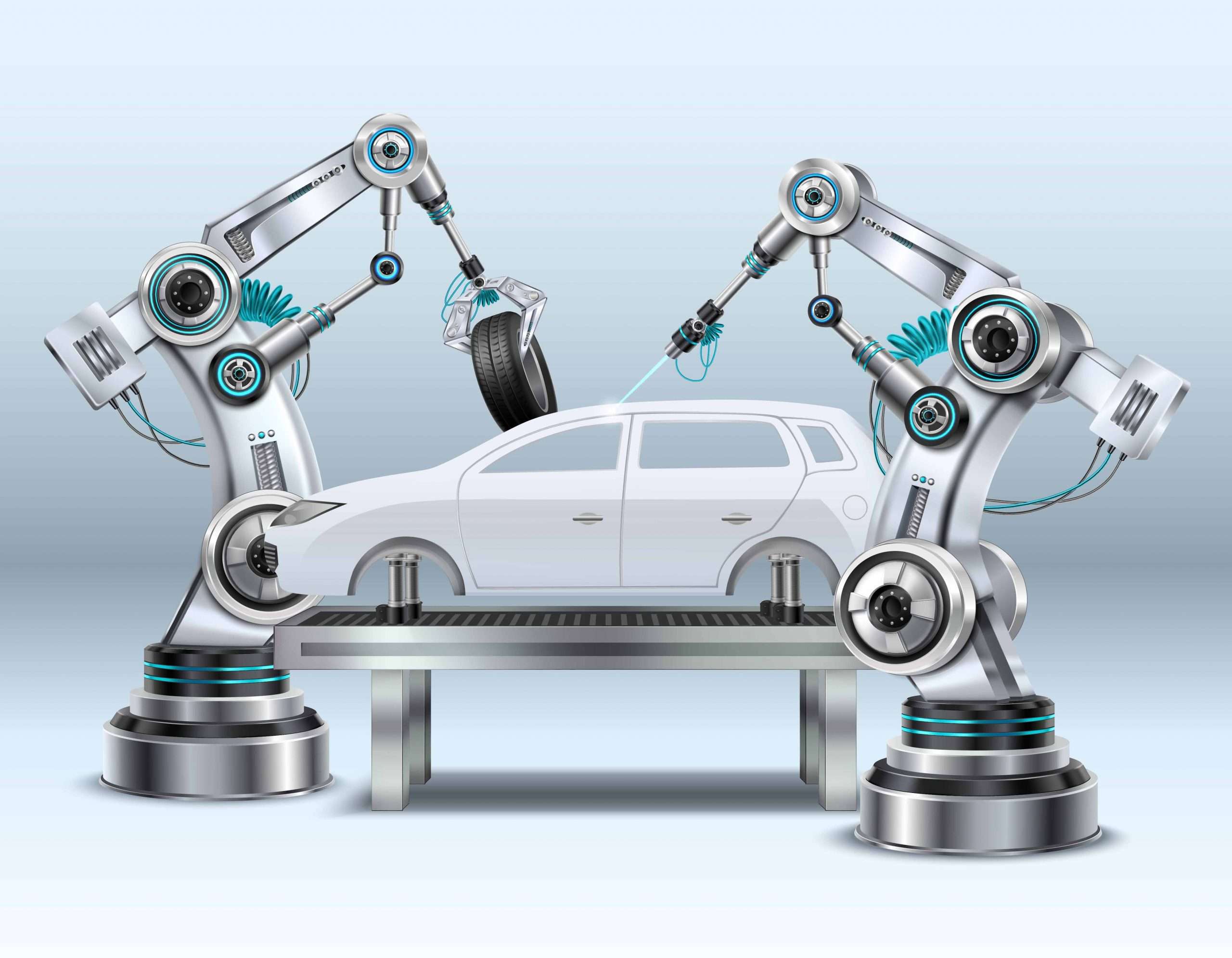How to Build a Hot Tub on Your Deck
June 13, 2024
Eco-Friendly Construction: The Role of WPC Slatted Cladding
June 14, 2024
Redefining Automotive Excellence: WPC Materials Drive Next-Generation Vehicle Design
As global automotive manufacturers intensify their focus on sustainable engineering, Wood-Plastic Composite (WPC) materials have emerged as a pivotal solution for modern vehicle components. This innovative material fusion of recycled thermoplastics and natural fibers is reshaping automotive interiors while addressing critical environmental challenges.
Strategic Applications in Modern Vehicle Architecture
Leading automotive engineers now specify WPC materials for 7 essential interior components:
- Structural door panel substrates
- Ergonomic seat back frameworks
- Customizable instrument panel cores
- Lightweight luggage management systems
- Impact-resistant trunk liners
- Acoustically optimized headliners
- Thermal-managed center console assemblies
Major manufacturers including BMW, Audi, and Toyota have adopted WPC solutions from suppliers like industry-leading material specialists, achieving 18-22% weight reduction in interior subsystems compared to traditional materials.
Engineering Advantages Driving Industry Adoption
1. Sustainable Material Science
WPC formulations typically combine 50-70% post-industrial wood fibers with recycled polypropylene, creating a closed-loop material lifecycle that supports circular economy objectives.
2. Enhanced Performance Metrics
Advanced WPC grades demonstrate:
- 0.9-1.2 g/cm³ density range (vs 2.7 g/cm³ for aluminum)
- 45-60% reduction in VOC emissions
- 150-180°C thermal deformation resistance
3. Manufacturing Flexibility
Compatible with high-speed injection molding and extrusion processes, WPC materials enable complex geometries previously unattainable with metal substrates. Automotive tier suppliers report 30% faster production cycles compared to fiberglass components.
Overcoming Technical Challenges
While WPC materials offer transformative potential, engineers continue to address three key development areas:
- Fiber-Matrix Compatibility: Advanced coupling agents improve interfacial adhesion, increasing tensile strength by 40% in latest-generation formulations
- Structural Foaming: Microcellular technologies achieve 15-20% density reduction while maintaining mechanical integrity
- Surface Engineering: UV-stable coatings and nano-additives enhance weather resistance for exterior-adjacent applications
The Sustainability Imperative
WPC materials align with three critical automotive sustainability benchmarks:
| Standard | Compliance Level |
|---|---|
| ISO 14025 (EPD) | Full compliance |
| ELV Directive | 95% recyclability |
| LEED v4.1 | MR Credit 4 achievement |
Automakers utilizing WPC components from certified suppliers like global material innovators report 23% reduction in assembly line carbon footprint.
Future Development Trajectories
Material scientists predict three key advancements in automotive WPC technology:
- Bio-based polymer matrices replacing petroleum-derived resins
- 3D-printable WPC filaments for custom interior elements
- Self-healing surface treatments for extended component lifecycles
Conclusion: Driving Toward Sustainable Mobility
As the automotive industry accelerates its transition to eco-conscious manufacturing, WPC materials stand at the forefront of material innovation. Offering an optimal balance of environmental responsibility and engineering performance, these advanced composites are redefining vehicle interior design paradigms. Industry leaders seeking cutting-edge material solutions can explore specialized WPC formulations that meet rigorous automotive standards while supporting sustainability objectives.
Discover how WPC materials can transform your automotive design process: Contact material engineering specialists to request technical specifications and application case studies tailored to your vehicle development requirements.

